Workers’ compensation claims can arise in any industry, including the HVAC (heating, ventilation, and air conditioning) sector. Despite stringent safety protocols and procedures, accidents can and do happen. The best way to manage these claims is by understanding how most accidents occur and implementing measures to prevent their recurrence.
Common Hazards in the HVAC Industry
The HVAC industry presents specific hazards that both employees and managers should be aware of due to the complexity of HVAC systems and their various components. High-voltage electricity, sharp moving blades, and exposure to chemicals or gases are among the potential hazards. Recognizing these dangers can help prevent costly mistakes that could lead to workers’ compensation claims.
Frequent Risks and Safety Measures
Falls from Ladders: Falls are a common risk in the HVAC industry, particularly from ladders. Even with simple tasks, accidents can occur if employees are not paying careful attention. Ensuring proper ladder safety protocols and regular training can mitigate these risks.
Exposure Hazards: HVAC technicians often face exposure to extreme temperatures. In the summer, staying hydrated and taking regular breaks are crucial to prevent heat-related illnesses. Similarly, in the winter, appropriate clothing and breaks are essential to protect against cold-related conditions.
Cramped Working Conditions: HVAC work often requires employees to operate in confined spaces, which can lead to musculoskeletal injuries over time. For instance, using vibrating tools can result in conditions like carpal tunnel syndrome. Proper ergonomic practices and tool maintenance can help reduce these risks.
For specific training materials on these and other common safety risks, email safety@lebaroncarroll.com.
Workers’ Compensation claims are not limited to industry-specific hazards. Common claims across all industries include sprains, strains, and tears. Automobile accidents, especially for technicians traveling between job sites, also contribute to a rise in claims. Thus, it is vital to consider both general and specific risks within the HVAC industry.
Preventative Measures
To minimize the occurrence of Workers’ Compensation claims, it is essential to practice proper safety protocols and maintain vigilance. Here are some key measures:
Personal Protective Equipment (PPE): Using PPE such as thick gloves, steel-toe boots, safety goggles, and rubber-insulated mats can provide physical protection against common hazards.
Training and Awareness: Regular safety training and awareness programs are crucial. We recommend weekly safety trainings. Employees should be regularly instructed on the importance of safety protocols and the potential consequences of ignoring them.
Health and Wellness: Encouraging employees to stay hydrated, take breaks, and report any discomfort or potential hazards promptly can prevent many common injuries.
Management Role: Management plays a critical role in ensuring workplace safety. They must keep employees informed about safety practices, ensure all necessary precautions are in place, provide the necessary funding and resources, and lead by example.
While it is impossible to eliminate all risks, these steps can significantly reduce the likelihood of Workers’ Compensation claims. By fostering a culture of safety and vigilance, the HVAC industry can better protect its workforce and mitigate the financial and human costs associated with workplace accidents.
This article was partly composed using AI.
